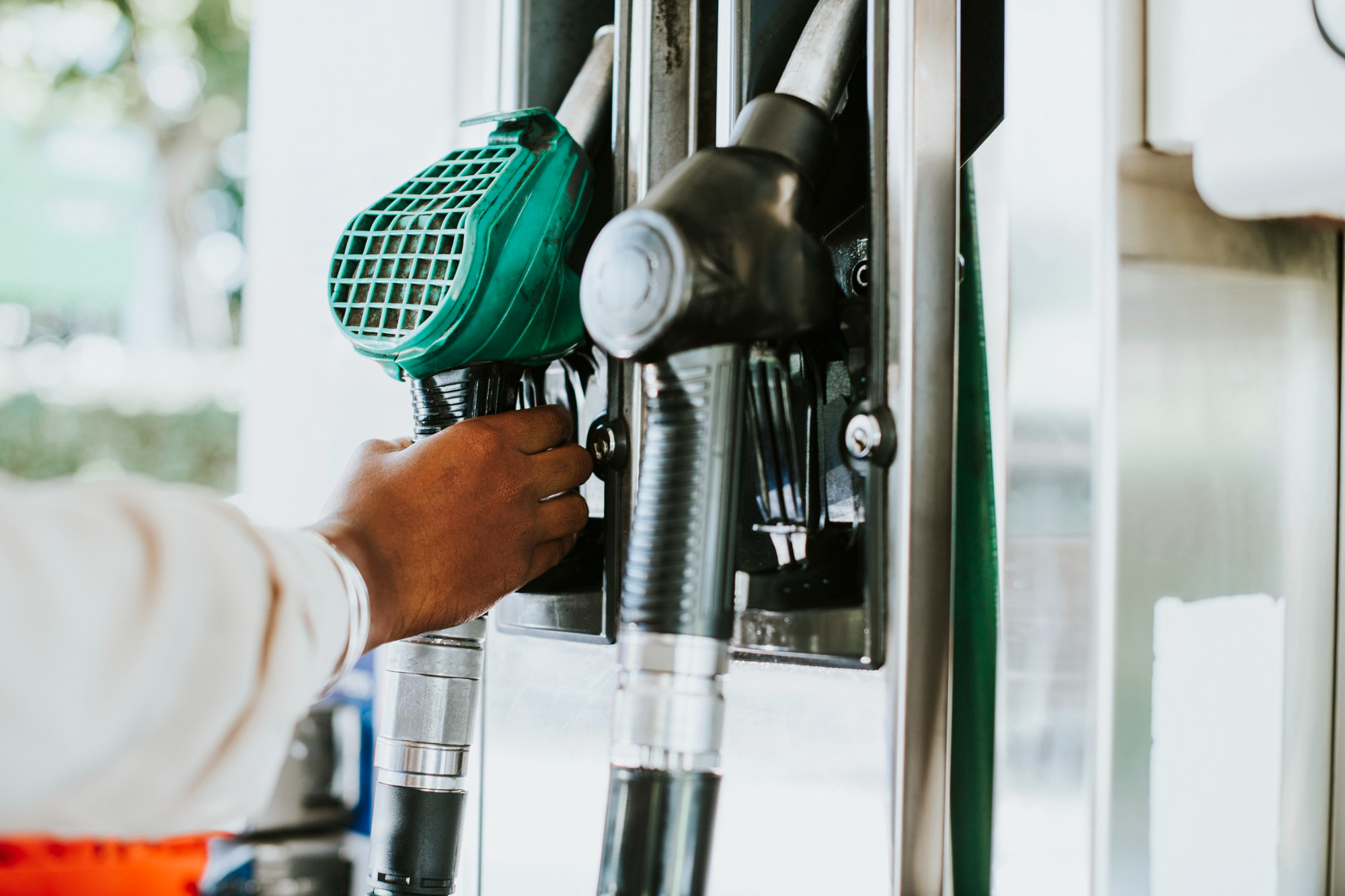MEPs voted in September 2023 new mandatory renewable energy targets. This will require renewable energy to account for 42.5% of the EU's energy consumption by 2030, with the aim of reaching 45%. (For clarity, the document says: "Non-biological renewable fuels should be accounted for in the sector in which they are consumed (electricity, heating and cooling, or transportation). In order to avoid double counting, renewable electricity used to produce those fuels should not be taken into account.")).
One of the sectors targeted for substantial transformation is transport, where the use of renewables should lead to a 14.5% of GHG (greenhouse gas) emissions by 2030. This would require a greater share of biofuels, e-fuels and non-biological fuels such as hydrogen.
DECARBONIZING TRANSPORT SOLUTIONS
One of the most popular ways of lowering emissions is the "electrification" of transportation, i.e. the intensive use of electric vehicles. However, relying on a single solution is not prudent, so investment, research and production efforts are also being directed towards zero emission fuels: including biofuels (hydrotreated vegetable oil HVO, bioethanol), synthetic fuels (methanol) and hydrogen.
BIOFUELS. BACK TO NATURE FOR CLEANER TRANSPORT
In the short term, the use of sustainable fuels implies higher costs. The benefit is that their use leads to lower emissions compared to electric vehicles. Thus, sustainable fuels complement the strong trend towards electrification of vehicle fleets that we see today.
Biofuels such as ethanol and bio-diesel can be used directly in combustion engines. Among the pros and cons of using them, Italian researchers, the authors study titled "Is Banning Fossil-Fueled Internal Combustion Engines the First Step in a Realistic Transition to a 100% RES Share?", recalls:
- They do not put pressure on the electricity infrastructure.
- They can be transported and used effectively using existing infrastructure used for conventional fuels.
- They can be used in combination with conventional fuels, this versatility supporting a beneficial transition from the end-consumer point of view.
- They can be produced from many types of agricultural residues.
Of course, biofuels can lead to deforestation and biodiversity loss. However, past experience can help us to take the best measures in this regard, especially since sustainable farming and maintaining forested areas can help to reduce greenhouse gas emissions and pollution.
SYNTHETIC FUELS - A STABLE BUT EXPENSIVE SOLUTION
Synthetic fuels, also called power-to-liquids (PtL) or e-fuels, are seen as another solution for decarbonizing transportation, especially long-distance. E-methanol, for example, is produced using CO₂ and water as well as renewable electricity.
Among the benefits of using synthetic fuels, the study cites:
- Can be produced using CO₂ from industrial processes, reducing emissions
- Suitable for long-term storage and transportation using existing logistics (both pipelines and tankers)
- They can be used in existing engines, making adoption easier than hydrogen and biofuels.
GREEN HYDROGEN - TOO LOFTY GOALS?
One of the big issues in decarbonizing transport is finding solutions for cleaner air travel. Time shows that the aviation sector is responsible for 13.9% of transport emissions in the EU: "If aviation were a country, it would be in the top 10 in terms of emissions. ' One of the standards newly adopted by the European Parliament is that 21TPTP4T of aviation fuel must be sustainable from 2025, increasing every 5 years to reach 70% in 2050.
One of the emerging solutions for the aviation industry is hydrogen. This technology has the benefit of versatility, as it can be used both as a fuel, feedstock and energy carrier.
Hydrogen has the advantage that it can be produced from both natural gas and renewable energy: the considerable production peaks of solar and wind energy allow the surplus to be used to produce green hydrogen. With REPowerEU, the European Commission aims to produce 10 million tons of green hydrogen in the EU by 2030 and import a further 10 million tons. But despite funding efforts, the plan's success is in doubt.
One of the main issues is how to produce green hydrogen at a competitive price.
Another issue is production capacity, including electrolysis capacity, where final investment decisions are in many cases still on hold. Also, the Renewable Grid Initiative (RGI), a Berlin-based NGO, quoted by energymonitor.ai, shows that the production of 10 million tons of green hydrogen means a consumption of 578TWh of electricity from renewable sources annually. This means 30% of Europe's solar and wind energy would have to go towards hydrogen production.
CAN ROMANIA BE ON THE ENERGY TRANSITION WAVE?
Romania has the benefit of significant resources: the agriculture practiced in Romania is becoming more and more efficient and provides the raw material for biofuel production. We also have an efficient oil and gas sector, specific infrastructure which is constantly developing and can be adapted to new technologies. Last but not least, we have well-trained people who can transfer between technologies.
The downside of innovative fuels is that, especially at the beginning of their large-scale use, they will be expensive. Investment can be significant. However, our country has a great advantage. Romania has significant natural gas resources, recognized in the EU Taxonomy as a "transition fuel" due to low greenhouse gas emissions. This is why gas deposits, both on land and in the Black Sea basin, will make the energy transition smoother for Romanians.





